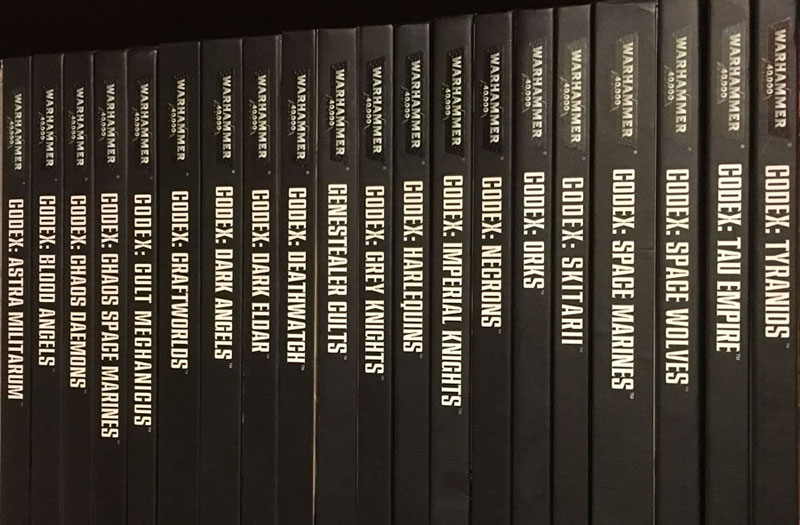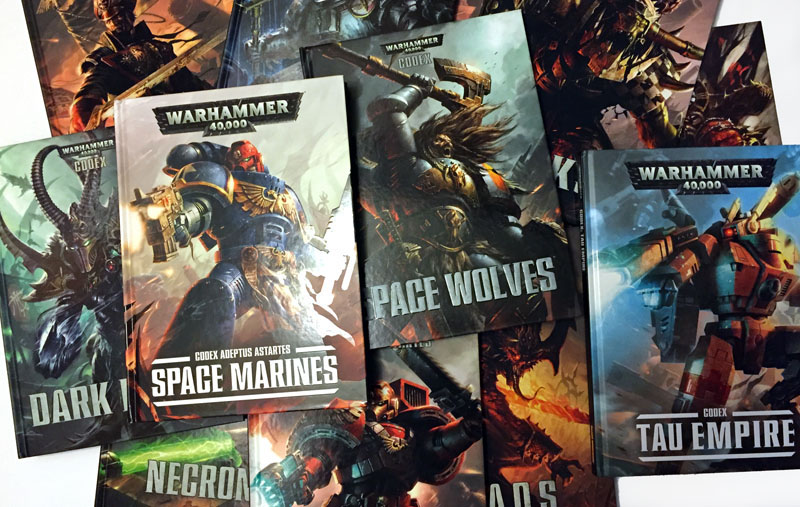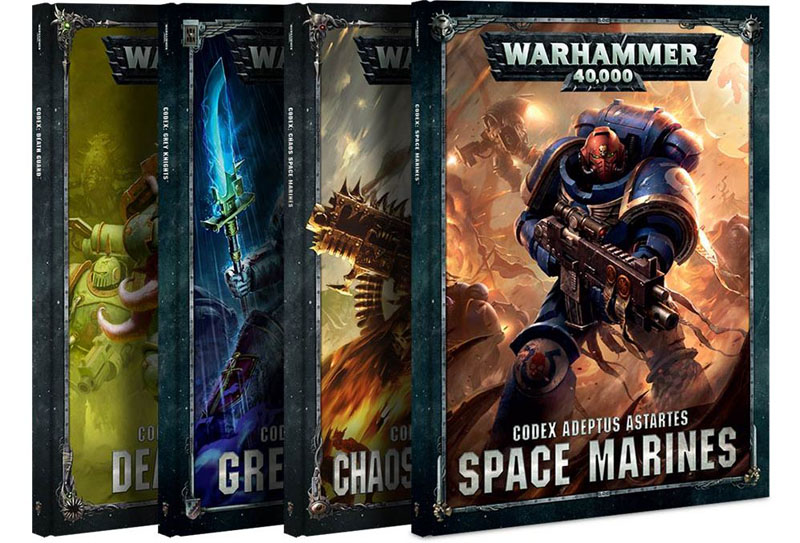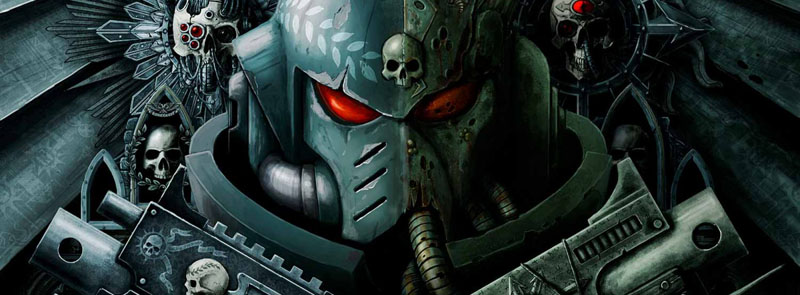The new Adeptus Mechanicus codex is about to be released. There’s no specific information except for some stratagems and forge-world rules that were shown in the Warhammer Community blog. However, some players think that it’s enough to say that this codex is much stronger than the previous ones. The same thing happened to them, though. We won’t support this opinion. Let’s better discuss the balance issues in wargames in general and in Warhammer 40K in particular.
Let’s imagine, you are creating a wargame. At the moment it’s released, there will likely be few factions and they are rather balanced. However, with the wargame’s expansion, and the addition of new units and factions, there surely will be the disbalance problem. What should you do to prevent this?
There are two points of view. The first supposes that the rules for all factions should be created by the same people. If it’s done at the same time, there surely will be a balance. However, in this case your wargame risks to appear monotonous. Or, the view of these people doesn’t match with the views of the most gamers. In this case your wargame has failed, no matter if it’s balanced or not.
So, there’s another point of view – to minimize these risks you should assign different teams to different factions. However, there’s a great risk that some of their ideas won’t correlate to each other, and some factions will perform much better. Even if these teams are coordinated. That is also bad for sales.
Let’s use the example of Games Workshop. In 5th edition, there were some books, created by Matt Ward – and they were totally different. There were a lot of interesting unusual rules and these factions were much stronger than the others. In fact, some of them remained at the top even in the next edition. But at the beginning of the 7th edition, GW tried to make all new books standard and removed most of the unique rules. This tactic was abandoned very quick – so, it obviously can’t be called successful.
These changes lead to the 7th edition crisis and the complete re-start of the 40K. We had multiple factions, with the rules, written during different editions, with a different approach, and by different people. Sure, some of them were much stronger. So, now we can watch this wargame being re-born. And what’s happening? Maybe this tendency will give the hey to balance since it rejected both approaches.
In fact, I think, 8th edition books were written at the same time. Part of the rules looks similar – stratagems for placing a unit in 9 inches of the enemy, vehicle stratagems in SM and CSM books. The diversity and authenticity are created by the other part of the rules – unique for each codex. So, the basic and common rules and the whole concept were likely written at the same time by the same people. But the army-special rules are created according to the players' feedback and the current balance in the game. Also, the rules in the 8th edition are quite simple. SO, it’ much easier to control and adjust the balance.
Besides we are promised Chapter Approved – the book,
that will correct the rules and balance by the end of the year. So – it’s a
nice way to keep the balance. The key is constant control, one general line,
and attention to players’ feedback. Sure, don’t forget to leave some space for
your authors’ imagination - no one likes simple and standardized rules.
So, how would you solve the balance issue, if
you were a game designer?




